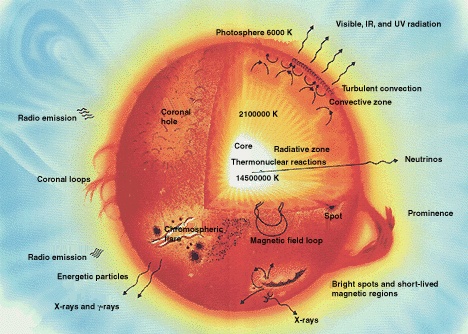The escape velocity from the surface of the sun (618 km/s) corresponds to a temperature of about 50,000,000º Kpferkul wrote:So my question is: What force holds this very tenuous matter in place, since the gravity on the surface of Betelgeuse (6e-4 g's) is much lower than the gravity on the surface of our sun (28 g's)? Wouldn't the solar wind on Betelgeuse rapidly blow the "surface" away?
Hence, only the hottest coronal gases are able to escape as solar wind.
While Betelgeuse's gravity is very weak it is a force that remains relatively constant over hundreds of millions of miles.
Hence, the escape velocity from the surface of Betelgeuse is still a quite respectable 87 km/s
corresponding to a temperature of about 1,000,000º K.
While Betelgeuse certainly cannot maintain a 1,000,000º K corona,
it's photosphere is still way too cold to evaporate as solar wind.


